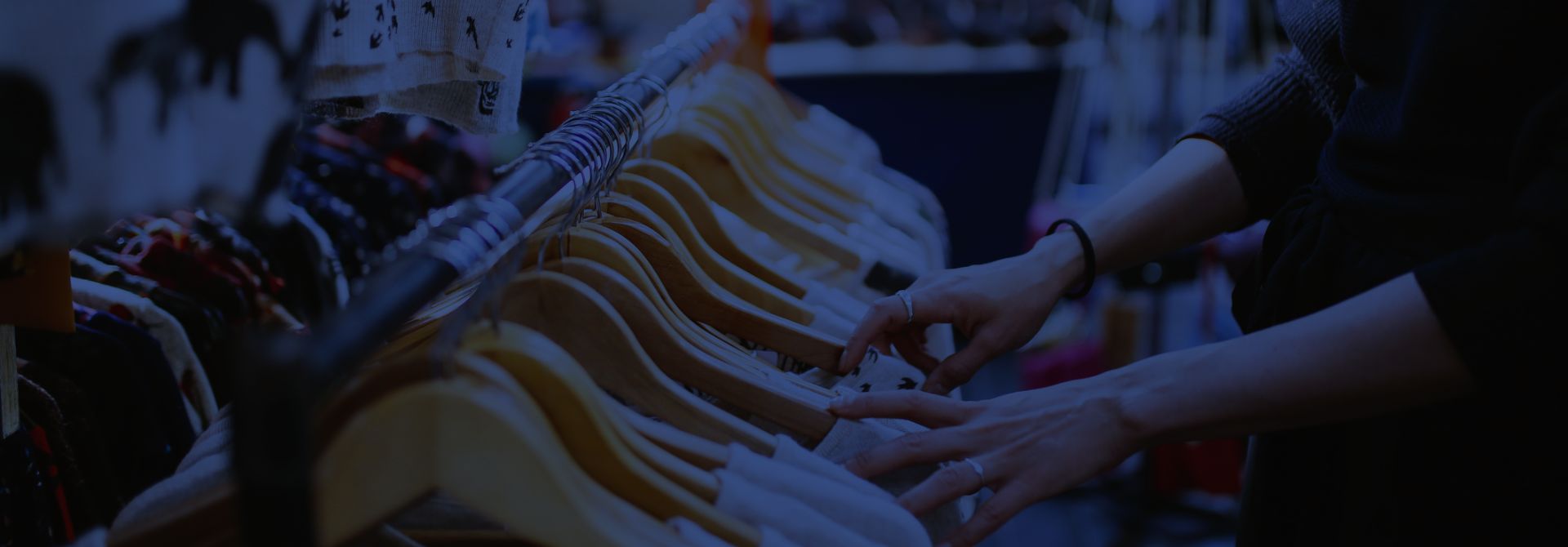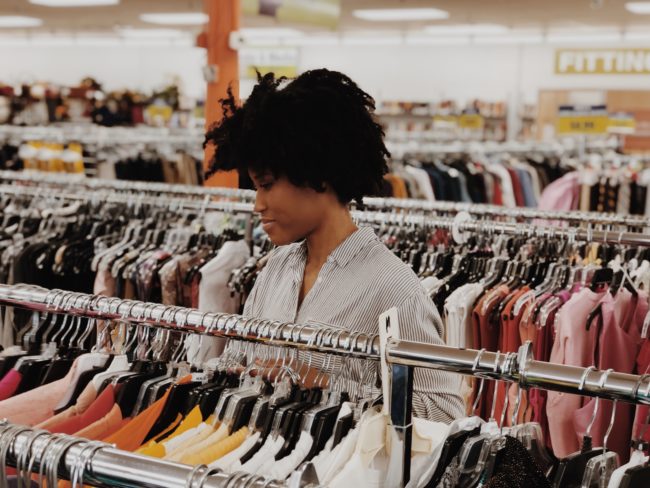



October 1, 2021
Your neighborhood thrift stores like Goodwill are a treasure trove of goodies. Whether you are a budget shopper or just someone who loves finding hidden gems, nonprofit thrift stores have just about everything. Are there certain things you should be on the lookout for when shopping there, though?
In a word, yes. Of course, everyone has different tastes, but some items are genuine finds. Consider these five things you shouldn’t pass up when shopping at Goodwill Industries of Monocacy Valley.
Shopping at a nonprofit thrift store is about more than just finding treasure. It gives you a chance to help a worthy cause. It is also a way to support the environment. Thrift stores recycle things that might otherwise end up in a landfill somewhere. These gently used items are budget-friendly, too. Most still have plenty of life in them and come at a fraction of the retail cost. You can even find designer clothes with the tags still on them.
You can shop the thrift store, online or in person, to purchase things you may never use again, too. Maybe you need a punch bowl or large serving dish for a party. How many times will you use a fondue pot? No reason to pay retail for something that you will probably donate to Goodwill yourself someday.
If you are looking for actual value, though, don’t walk by these five things without taking a closer look.
There are many good reasons to stop at the book aisle when browsing the thrift store. Books are something people donate a lot for a variety of reasons. It is an excellent way to declutter the house, for example. They also tend to go into the donation box when you get ready to move.
Children don’t always appreciate the books their parents have when going through their stuff, either. Different generations have different tastes in literature, so books from estates can end up at the thrift store, too.
So, what should you look for in a book? Here are a few things to consider:
First, look for titles that interest you. Maybe you’ll spot that book you loved as a child or the page-turner you’ve meant to read. Buying books first-hand is expensive, so this can save you money.
Second, if you have little ones in your life, go through the children’s books. There will be quality finds, and you can get them for less than the retail cost. The thrift store is a great place to bring kids and let them pick out a few books.
Finally, look for books that may have some value. Focus your attention on the books with hardcovers.
Some things to check include:
Whether you buy a book for pleasure or profit, you can probably find it at your local thrift store for less money.
If you are looking for a treasure in the dishware, you may have to dig a little, but there are some key things to watch for, such as:
Also, look for full sets of dishes. If you have ever shopped for a complete set of dishes at a retail store, you’ll appreciate the savings you get at the thrift store. Don’t pass up on the cast iron cookware, either. A cast-iron pan may need a little elbow grease before you can use it, but it will be worth it.
They may not have the same value as a first edition book or vintage dish, but they are great if you enjoy a rustic look at home. They provide you with an easy way to fill an empty wall and are functional, too. You can use them as picture frames or for your next art project.
Candleholders, flatware, dishes — even if tarnished, these are worth checking out. When shopping for silverware, look for hallmarks or stamps to identify the manufacturer and the piece’s pattern. Some of the most valuable silverware includes:
If you are not sure, buy it anyway and do some research. You can always re-donate the piece, use it at home or resell it yourself if it turns out there isn’t much value.
If you are looking for unique baskets, then Goodwill recommends you check out your local thrift store. You might even find one that is worth some money, like a Longaberger. Even if not valuable, baskets are helpful. Newer baskets sold in stores can lack the style you see in older ones, so you’ll probably get a good buy even if it’s not a treasure.
Of course, this is just scratching the surface of things you can find at your local thrift store. Art, housewares, storage bins, furniture, picture frames, and holiday decor are all waiting for just the right home.
In addition, Goodwill Industries of Monocacy Valley provides career development, training, and education to underserved populations. They also help rebuild communities and step up to support families in need. All this comes from the revenue they make when you shop at your local Goodwill store.
